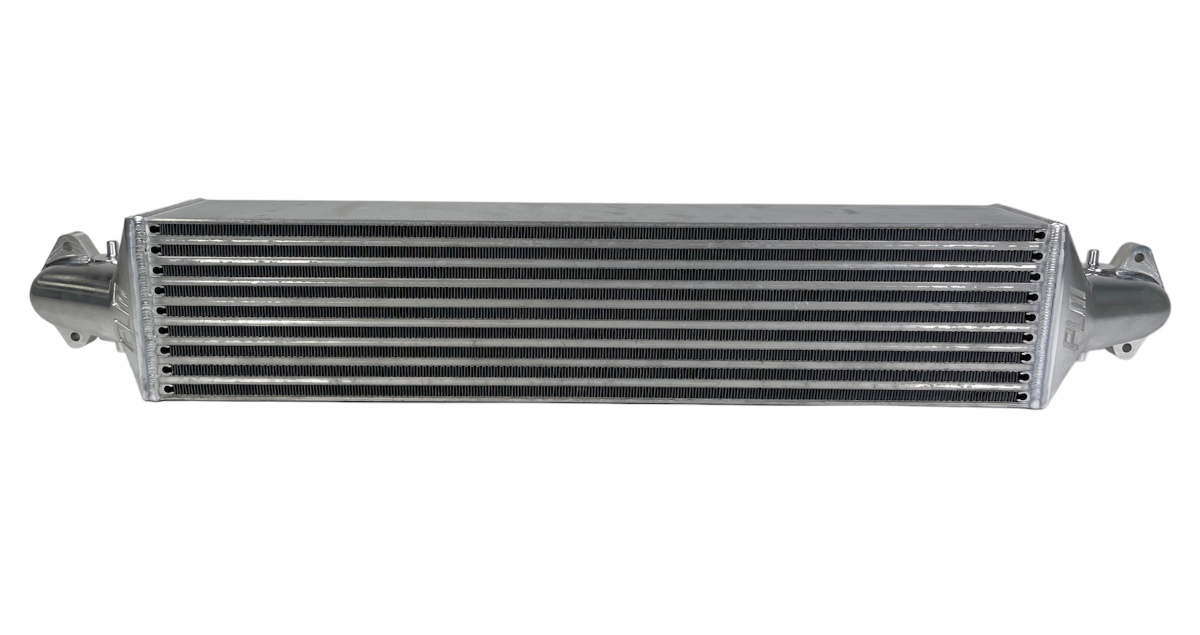Henry Ford, the industrialist credited for developing the first assembly-line car, believed he hadn't invented anything new at the time of the transportation revolution. Instead, he declared, “So it is with every new thing. Progress happens when all the factors that make for it are ready, and then it is inevitable.” Whether or not the initial invention of automobiles was inevitable, there’s no denying how advanced vehicles and performance cars have become in recent times.
The progress of vehicle enhancement and improvement is possible today because of centuries of work. Each and every part that comprises a modern car has a distinct purpose and shape. Whether the car components are internal or external, left or right, on top or bottom, each part equips the vehicle with a function. After proper assembly and installation, the car is ready for working performance.
For every turn, acceleration, or stop your car makes, there is a part that provides the means for effectiveness on the road. One such part is a traction bar. Traction bars are essential in leaf spring setups for reducing axle wrap, as rear axles are susceptible to unwanted rotation under hard acceleration. Its bushings and u-joints are equally vulnerable to twisting, displacement, or misalignment.
Traction bars help prevent axle wrap and maintain consistent pinion angle, limiting bushing and joint stress during high-torque motion. If you’re still wondering, ‘What do traction bars do’, here is an outline of everything you need to know.
Vehicle Suspension Systems: Leaf Springs
Before we discuss traction bars further, we need to understand a vehicle’s suspension system. The springs, shocks, and frame connections are crucial to ride quality and overall control. A rear suspension system serves several purposes. It supports the vehicle, absorbs impacts from potholes or bumps, reduces the bouncing effect, supports heavy loads, and allows for wheel movement in response to steering input.
At the heart of this system are leaf springs—key components that manage road shock and load. Leaf springs assist with ride support while dispersing weight from the axle over a broader load area. These springs were once used on horse-drawn carts before being adopted on early cars, including Ford’s Model T. Since leaf springs are attached to the vehicle’s frame, they manage rear axle movement and ride quality.
Leaf springs remain common in heavy-duty trucks, towing vehicles, SUVs, vans, and certain older rear-wheel-drive cars. However, they’re susceptible to deformation or bending, creating a condition known as axle wrap, especially during hard acceleration or when carrying heavy loads. That’s when traction bars come into play.
Axle Wrap Prevention: Traction Devices
Everything you need to know about traction bars begins with their core function: preventing axle wrap. These bars mount to the rear axle and connect to the frame, bracing the rear suspension against twisting, force, and excessive rotation during torque-heavy acceleration.
Axle wrap mainly affects leaf spring setups, particularly soft rear springs mounted above the axle. Under hard acceleration, the axle can form an S-shape, damaging driveshafts, pinion angles, u-joints, and even breaking stock components. You'll feel wheel hop, or what seems like the car "hopping" forward when stepping on the gas pedal.
This movement creates a damaging bouncing effect, especially in drag racing or high-load performance builds without traction control devices. Traction bars help manage this by forcing the vehicle’s rear to rotate forward instead of buckling under pressure.
The Truth About Traction Bars
There are several types of anti-axle wrap devices available today. Though they all fight wheel hop and misalignment, they are not all the same. A common misconception is that traction bars and ladder bars are identical. In reality, ladder bars use a different installation and connection method.
Ladder bars mount to the rear axle at two points (bottom and middle or top) and have a single bolt to the frame. Their rigid geometry makes them more common in track or lifted truck applications and less favorable on the street due to added noise and less flexibility.
Slapper bars are a specific type of traction bar that uses a rubber snubber to contact the leaf spring and resist axle wrap. Other traction bars, including those with heim joints, are typically mounted from the axle to the frame or chassis to prevent unwanted suspension movement.
They’re lighter, more adaptable for street use, and of proper length. When properly matched to suspension geometry and axle travel, they reduce suspension binding. This setup keeps the rear suspension in proper alignment and adjusts the pinion angle for better traction on the ground.
Why You Need Traction Bars
If you desire a car that performs well, you need to have the right parts for the job. Roaring horsepower means nothing if it cannot be fully harnessed on the road. Traction bars might be only half the story, but their sophistication is the key to achieving responsive steering and no wheel hop. As a cost-effective method to battle axle wrap, traction bars prove themselves to be worthy improvement solutions for a variety of vehicles.
Here at Private Label MFG, we offer a selection of traction device options, such as the lightweight and high-strength steel Integra traction bar. Its key features include increased traction to the ground, better handling, and an easy fit for installation.
As fellow car-enthusiasts, we can assure you that our aftermarket car parts provide consumers with the best-performance-per-dollar. If a car part isn’t good enough for our own vehicles, then we won’t supply it for yours. Our company ensures that each product is built for durability and tested to meet performance expectations. Shop by vehicle type or browse through our online collections today.








Leave a comment